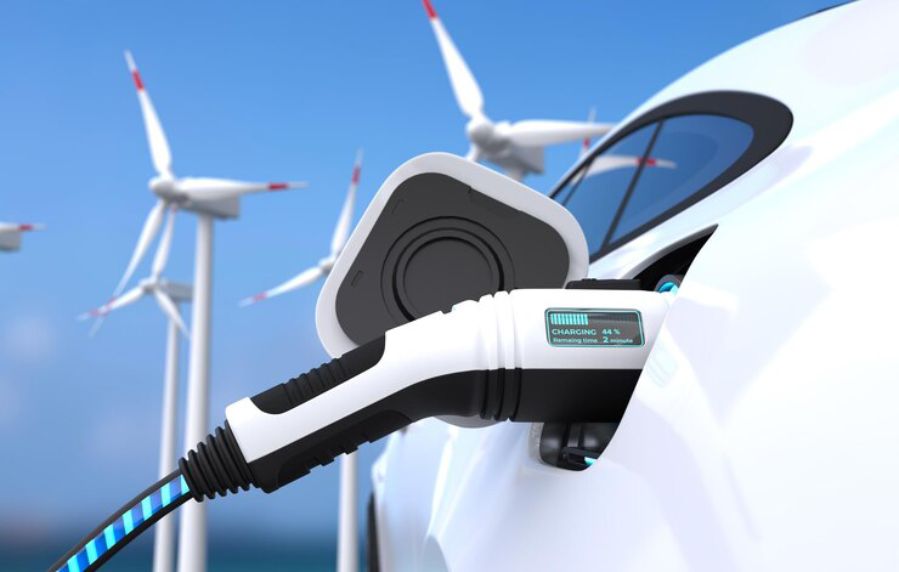The electric vehicle (EV) revolution is gaining momentum, transforming transportation and offering a cleaner future. But with various options available, navigating the world of EVs can be confusing. Before you take the plunge, understanding the different types of EVs and their unique characteristics is crucial.
Unveiling the EV Landscape:
Primarily, EVs fall into four categories:
1. Battery Electric Vehicles (BEVs):
- Powerhouse: BEVs are the pure electric stars, powered solely by a large battery pack and electric motor.
- Zero Emissions: Their operation produces no tailpipe emissions, making them environmentally friendly.
- Charging Up: BEVs rely on external charging stations or home chargers to replenish their batteries.
- Range Anxiety: A common concern is range, as BEVs have varying driving distances on a single charge. However, advancements are rapidly increasing range capabilities.
- Examples: Tesla Model 3, Nissan Leaf, Chevrolet Bolt EV.
2. Plug-in Hybrid Electric Vehicles (PHEVs):
- Dual Power: PHEVs combine an electric motor and a gasoline engine, offering both electric and hybrid driving modes.
- Electric First: PHEVs prioritize electric driving for shorter distances, typically 20-50 miles, using the battery pack.
- Gas Backup: When the battery depletes, the gasoline engine kicks in for extended range.
- Charging Advantage: PHEVs can be plugged in to recharge the battery, offering greater efficiency and reduced reliance on gas.
- Examples: Toyota Prius Prime, Ford Escape PHEV, Chrysler Pacifica PHEV.
3. Hybrid Electric Vehicles (HEVs):
- Synergy of Power: HEVs utilize both an electric motor and a gasoline engine, but unlike PHEVs, they cannot be plugged in.
- Regenerative Braking: HEVs capture energy during braking and store it in the battery to assist the gasoline engine, improving fuel efficiency.
- Reduced Emissions: While not zero-emission, HEVs emit significantly less greenhouse gases compared to traditional gasoline vehicles.
- Examples: Toyota Camry Hybrid, Honda Accord Hybrid, Hyundai Sonata Hybrid.
4. Fuel Cell Electric Vehicles (FCEVs):
- Hydrogen Power: FCEVs utilize hydrogen fuel cells to generate electricity, powering the electric motor.
- Emission-Free Operation: Like BEVs, FCEVs produce zero tailpipe emissions, making them environmentally friendly.
- Refueling Challenge: Hydrogen refueling infrastructure is still limited, hindering widespread adoption.
- Rapid Refueling: Filling an FCEV’s hydrogen tank takes minutes, similar to gasoline vehicles.
- Examples: Toyota Mirai, Hyundai Nexo, Honda Clarity Fuel Cell.
Making the Right Choice:
Choosing the right EV depends on your individual needs and driving habits. Consider the following factors:
- Driving Range: How far do you typically drive daily? BEVs might be suitable for shorter commutes, while PHEVs or HEVs offer extended range.
- Charging Options: Do you have access to home charging or public charging stations? BEVs require regular charging, while PHEVs and HEVs offer more flexibility.
- Environmental Impact: Are zero emissions a priority? BEVs and FCEVs are the cleanest options, followed by PHEVs and then HEVs.
- Budget: Consider the initial purchase price, ongoing fuel or electricity costs, and maintenance expenses for each type of EV.
The Future of Electric Vehicles:
The EV landscape is constantly evolving, with advancements in battery technology, charging infrastructure, and vehicle design. As the technology matures and costs decrease, EVs are poised to become the dominant force in transportation, offering a cleaner and more sustainable future for all.
Beyond 900 Words:
This blog post provides a foundational understanding of different EV types. Remember, research specific models within each category to find the perfect fit for your needs. As the EV revolution unfolds, stay informed and explore the exciting possibilities of electric transportation!

